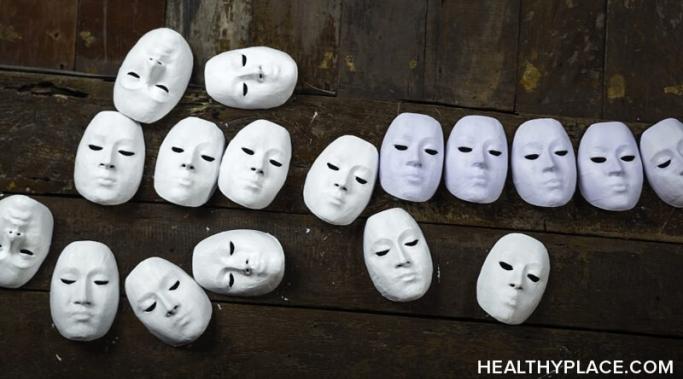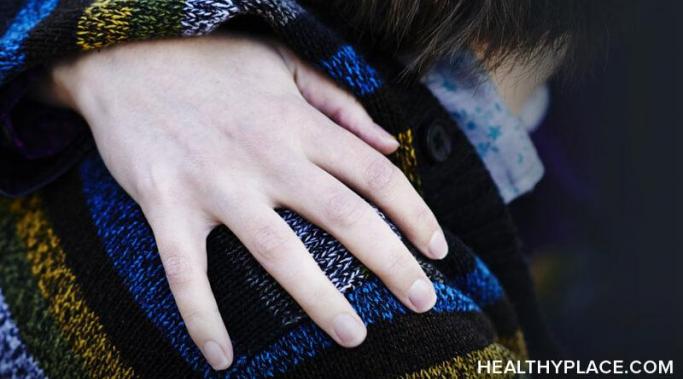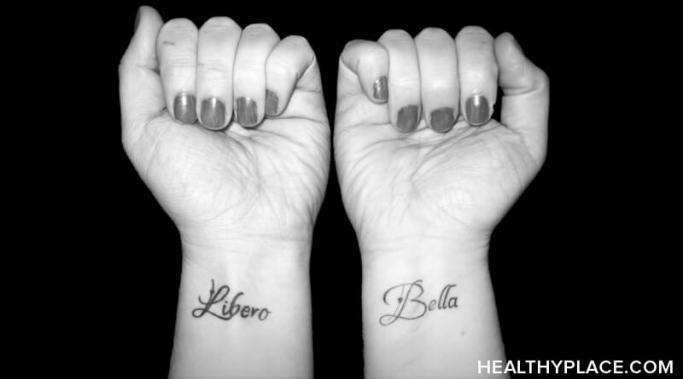You can regulate your emotions and better respond to distress through dialectical behavior therapy (DBT) skills training. Dialectical behavior therapy emotional regulation skills have proven to be especially effective in people struggling with self-harm and other self-destructive, maladaptive behavior.
Speaking Out About Self Injury
Using mindfulness for self-harm is a dialectical behavior therapy (DBT) skill. Dialectical behavior therapy is an effective type of treatment used for issues of self-harm. Originally developed to treat borderline personality disorder (BPD), it is currently used to treat a variety of mental illnesses such as eating disorders and chronic depression. Dialectical behavior therapy targets emotion dysregulation to help patients cope with the severity of their distress.
Distress tolerance skills are coping skills taught in dialectical behavior therapy (DBT). Dialectical behavior therapy is a type of treatment that teaches patients how to regulate their emotions and respond to distress through skills training. Distress tolerance skills have proved to be especially effective in people struggling with self-harm and other self-destructive, maladaptive behavior.
Dialectical behavior therapy (DBT) is a type of treatment that teaches patients how to regulate their emotions and respond to distress through skills training. It has proved to be especially effective in people struggling with self-harm and other self-destructive, maladaptive behavior.
If you have been struggling with self-harm and are considering professional help as an option, you may have already come across a type of treatment called dialectical behavior therapy (DBT) for ending self-harm. Though many find success with other common therapies such as cognitive behavioral therapy (CBT), DBT has proved uniquely suited to patients who engage in self-harming behavior.
Many people misunderstand those who self-harm. One of the things that make self-harm an inaccessible subject so prone to misunderstanding and even ridicule is that it is something most people cannot imagine ever wanting to do. The less we understand a behavior, the more tempted we are to look beyond the behavior to the person behind the behavior for an explanation. We assess each person’s background, history, personality, and even physical appearance to probe for similarities, the thinking being that the explanation for the behavior can be found in these similarities.
Accusations are often made that movies and television shows glamorize high-risk activities among teenagers. This is not a controversial stance. “Mainstream” cultural media provably produces content both referencing and explicitly centering on teen sex, drug and alcohol use, and other taboo subjects — appropriate for entertainment purposes, but at the cost of implying to a potentially young and impressionable audience the inherent glamor in those choices.
Most of the time, self-harm is not inflicted with the intention of causing serious damage, but even so, there are physical risks of self-harm. Typically, the resulting physical wounds of self-harm tend to be superficial, especially in those for whom self-harm is relatively new. However, self-harm has a way of escalating quickly and can, if left untreated, pose a physical danger.
There are few things that make you feel more helpless than seeing a loved one suffer from self-harm and not knowing how to make the suffering stop. Suffering, in most cases, is out of our hands. It is not within our direct control. With self-harm, it can be doubly frustrating because not only is it something outside of our control, but it also something that we often cannot even comprehend. It is a suffering that's both foreign and cruelly over-familiar, affecting everyone from our closest friends and romantic partners to members of our family.
In an ideal world, no one would feel the need to cover self-harm scars, and no one would be made uncomfortable by their exposure. But as it is now, many people struggle in their daily lives to judge whether, when, and to what extent they should cover self-harm scars.









